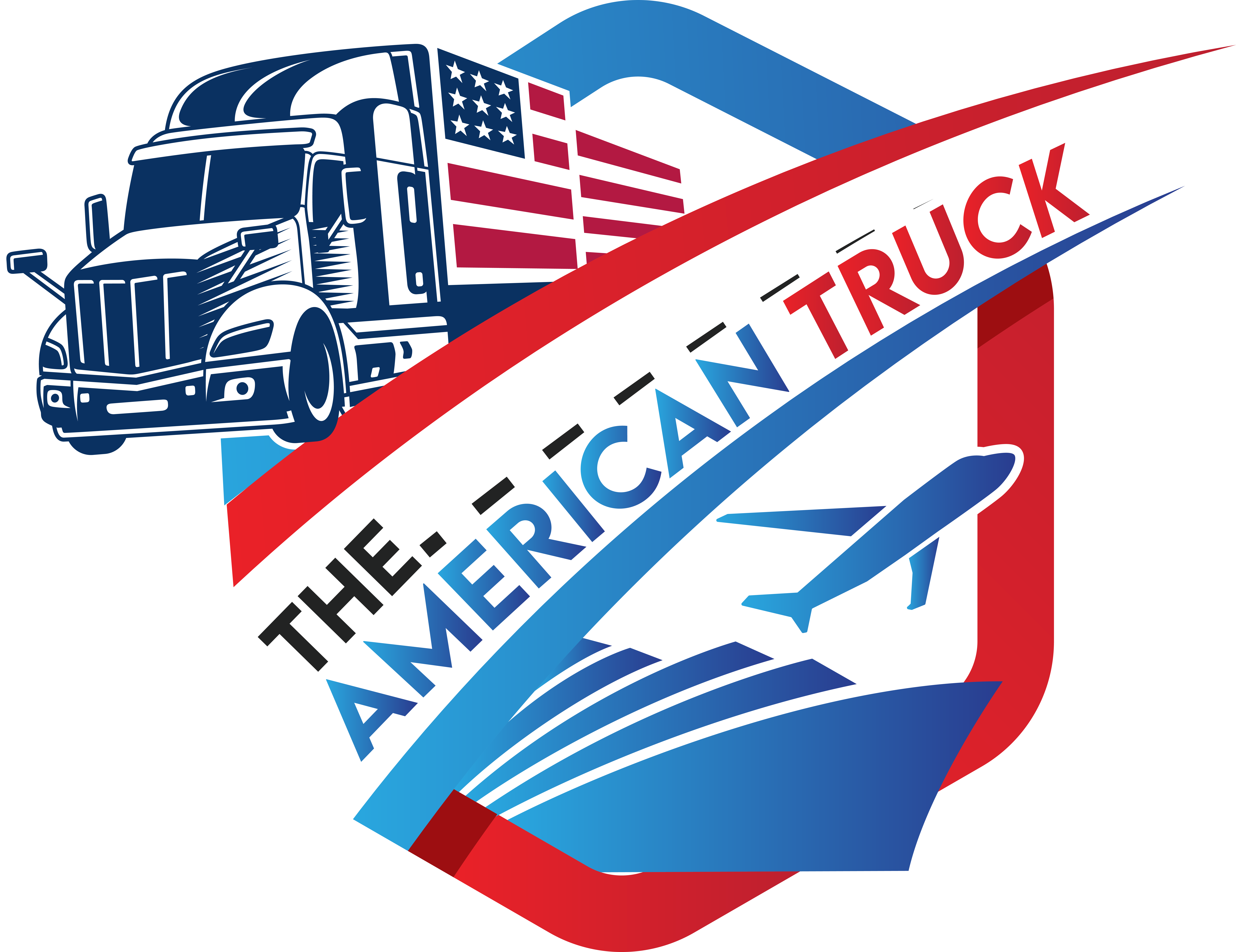
Freight management is the backbone of supply chain operations. But let’s not sugarcoat it—getting freight from point A to point B in a smooth and cost-effective manner is a complex task. It requires sharp strategies, quick thinking, and, of course, the right tools. If you’re looking to optimize your supply chain and keep your operations running like a well-oiled machine, freight management is where you need to start. And yes, this applies whether you’re in retail, manufacturing, or, like us at Diggity, helping businesses grow through data-driven strategies.
In this guide, we’ll break down effective strategies that can transform your freight management approach. We’ll look at why it’s important, what systems and practices to adopt, and even dive into a case study of how “The American Truck Inc.” nailed these strategies. Let’s get into it!
What is Freight Management?
At its core, freight management is about moving goods in the most efficient, cost-effective way possible. It involves the coordination of the entire process of transporting goods—whether by road, air, rail, or sea—while optimizing each step to ensure minimal costs and maximum efficiency. This is an essential part of any supply chain strategy.
Key components of freight management include:
Carrier Selection: Choosing the right partners to handle freight.
Route Optimization: Minimizing travel time, reducing fuel consumption, and lowering overall costs.
Load Consolidation: Combining multiple shipments into one to maximize truck capacity and save costs.
Tracking and Visibility: Real-time monitoring of shipments to ensure timely deliveries and adjust in case of disruptions.
Cost Control: Maintaining tight control over freight-related expenses to ensure the supply chain remains profitable.
Effective Strategies for Freight Management Optimization
To truly optimize freight management, businesses need to adopt certain strategies that will help minimize costs, improve delivery times, and boost customer satisfaction. Let’s look at some essential strategies to consider.
Use Technology to Enhance Tracking and Visibility
Technology has completely revolutionized the way freight management operates. Implementing a reliable Transportation Management System (TMS) allows businesses to have real-time visibility over their shipments. With a TMS, you can track every movement of your goods, from the warehouse to the delivery point.
This level of visibility helps in managing delays or unexpected situations by allowing you to proactively find alternative routes or update customers on their delivery status. With companies like The American Truck Inc., which leverages state-of-the-art systems for managing freight, there’s an added layer of security and transparency. They’ve reported that their use of real-time tracking has reduced customer complaints by 25% in just one year.
A good TMS also provides data that can be analyzed for future improvements. This type of insight is critical in optimizing both operations and customer service.
Optimize Routes for Cost Savings
Route optimization isn’t just about choosing the shortest path. It’s about considering various factors like traffic, weather, tolls, and fuel consumption to reduce overall costs. A thorough route analysis can save you money on fuel and reduce delays, ultimately improving customer satisfaction.
Take The American Truck Inc., for example. They regularly use route optimization software to review traffic data and reroute deliveries as needed. This strategy has led them to reduce fuel costs by 18% annually and decrease delivery times by an average of 12%. These small adjustments add up, making the entire supply chain more efficient.
A well-optimized route doesn’t just save on fuel; it also increases the number of deliveries a truck can make per day. And when your company can deliver more on time, the entire business model becomes more cost-effective.
Consolidate Shipments to Maximize Capacity
One of the best ways to reduce transportation costs is to consolidate shipments. Consolidating multiple smaller shipments into a single load allows you to use fewer trucks while maximizing space. By doing so, you reduce both the number of trips needed and the associated costs.
For example, if you manage a supply chain that requires the transport of various goods to multiple locations, it’s crucial to group deliveries based on destination. The American Truck Inc. perfected this method by consolidating their shipments, reducing their overall fleet size and operating costs. This strategy not only lowered costs but also helped them cut down their carbon footprint.
Effective shipment consolidation requires a sophisticated planning tool, often part of a larger TMS, that can manage this process automatically based on the load and destination.
Strengthen Relationships with Carriers
No matter how good your internal systems are, you’ll need reliable carriers to handle the transportation. Building strong relationships with carriers ensures that you get the best service and rates. Long-term relationships with trusted carriers can help you secure better pricing, especially when negotiating during high-demand seasons.
Many businesses overlook the value of partnerships in freight management. But The American Truck Inc. has made it a priority to cultivate strong ties with its carriers. By fostering mutual trust, they’ve gained preferential rates and priority during peak shipping times. This has allowed them to maintain a competitive edge while also ensuring their shipments arrive on time.
Implement Sustainable Freight Practices
With increasing pressure on businesses to adopt sustainable practices, freight management is no exception. Implementing eco-friendly strategies, such as reducing empty miles (trips with no freight), using fuel-efficient vehicles, and optimizing load capacity, can drastically cut down the environmental impact.
Sustainability not only helps the planet but also offers cost savings. The American Truck Inc. has started using hybrid and electric trucks for short-distance deliveries, reducing fuel consumption by 20% and earning them recognition in the green logistics community. These efforts also resonate with eco-conscious consumers, which enhances their brand image.
When your freight system reduces waste, it’s not just the environment that wins. The cost reductions from energy-efficient vehicles and optimized routes also contribute to better profit margins.
The Role of Freight Management Systems (FMS)
A well-implemented Freight Management System is key to streamlining the freight process. An FMS integrates a range of functions, from shipment tracking to invoicing, into one centralized platform. Here’s how an FMS can help optimize freight management:
Data Centralization: All information about shipments, routes, and carriers is in one place, making it easier to access and manage.
Automation: Processes like invoicing, billing, and order entry can be automated, cutting down on manual errors and saving time.
Analytics: FMS provides detailed reports and metrics, helping businesses measure performance and identify areas for improvement.
Scalability: As your business grows, your FMS can scale to accommodate additional shipments and carriers without major system overhauls.
The American Truck Inc. uses a comprehensive FMS to keep track of every step in the supply chain. This system enables them to automate routine tasks, optimize routes, and manage relationships with multiple carriers more effectively. The result? A more efficient operation that saves money and improves service.
Common Freight Management Challenges and How to Overcome Them
The world of freight management is fraught with challenges, but with the right strategies, they can be navigated successfully. Let’s take a look at some common issues and how to tackle them.
Rising Fuel Costs
Fuel prices fluctuate constantly, but fuel surcharges are an effective way to maintain profitability. Additionally, optimizing routes and using energy-efficient vehicles can help offset these rising costs.
Meeting Customer Demands
Today’s customers expect faster, more reliable delivery. To meet these expectations, businesses must invest in real-time tracking, improve delivery windows, and manage customer communications proactively.
Capacity Shortages
At peak times, it’s hard to find available capacity. This is where relationships with carriers become crucial. Diversifying your carrier options ensures that you have access to trucks when you need them.
Regulatory Compliance
Freight operations often involve international trade and regulatory compliance. Keeping up with customs laws, taxes, and tariffs is crucial to avoid delays. Partnering with a logistics expert can help keep things running smoothly.
Conclusion
Freight management is far from a one-size-fits-all solution. It’s an evolving, complex puzzle that requires careful attention to detail, technology, and relationships with trusted partners. With strategies like route optimization, shipment consolidation, and leveraging freight management systems, you can streamline your operations and lower costs.
Companies like The American Truck Inc. have perfected these strategies over time, leveraging technology and strong carrier partnerships to drive success. They’ve proven that optimizing your freight management can lead to improved efficiency, reduced costs, and higher customer satisfaction.
Whether you’re new to freight management or looking to enhance your current system, these strategies will guide you in the right direction. By adopting them, you’ll be well on your way to creating a more efficient, cost-effective, and reliable supply chain.

